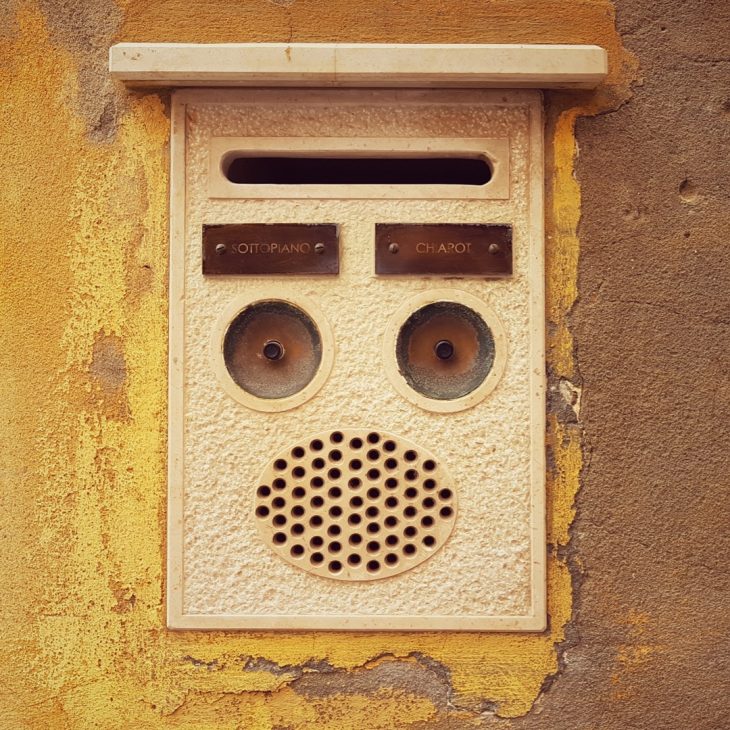In that case, they can use a screen reader to “read” the content on a website. A screen reader is a form of assistive technology, which enables people with a visual impairment to use the web. It converts text that is displayed on a computer, phone or tablet to speech or braille.
How does a screen reader work?
Most computers, tablets and phones have a screen reader built in like VoiceOver for Mac and Narrator for Windows. Other popular screen readers are JAWS and NVDA for Windows. These programs read the content to the user so that they can hear the text out loud and use the keyboard to navigate a website. A screen reader also enables the user to preview information such as headings, navigation bars and alternative text for images. Certain key combinations (shortcuts) allow them to scan and/or skip certain parts of a website or to carry out certain actions with their keyboard.
Create a better user experience
By developing and designing an organised website which can be used with a screen reader, you allow your user to navigate your website the way they want to. And thus you’re creating a better user experience! Not only for someone using a screen reader, but actually for every single user of your website or application.
Can you use some help making your website or application accessible? We understand! That’s why we developed a number of courses which you can find in our course overview. Take a look and make the web accessible!


